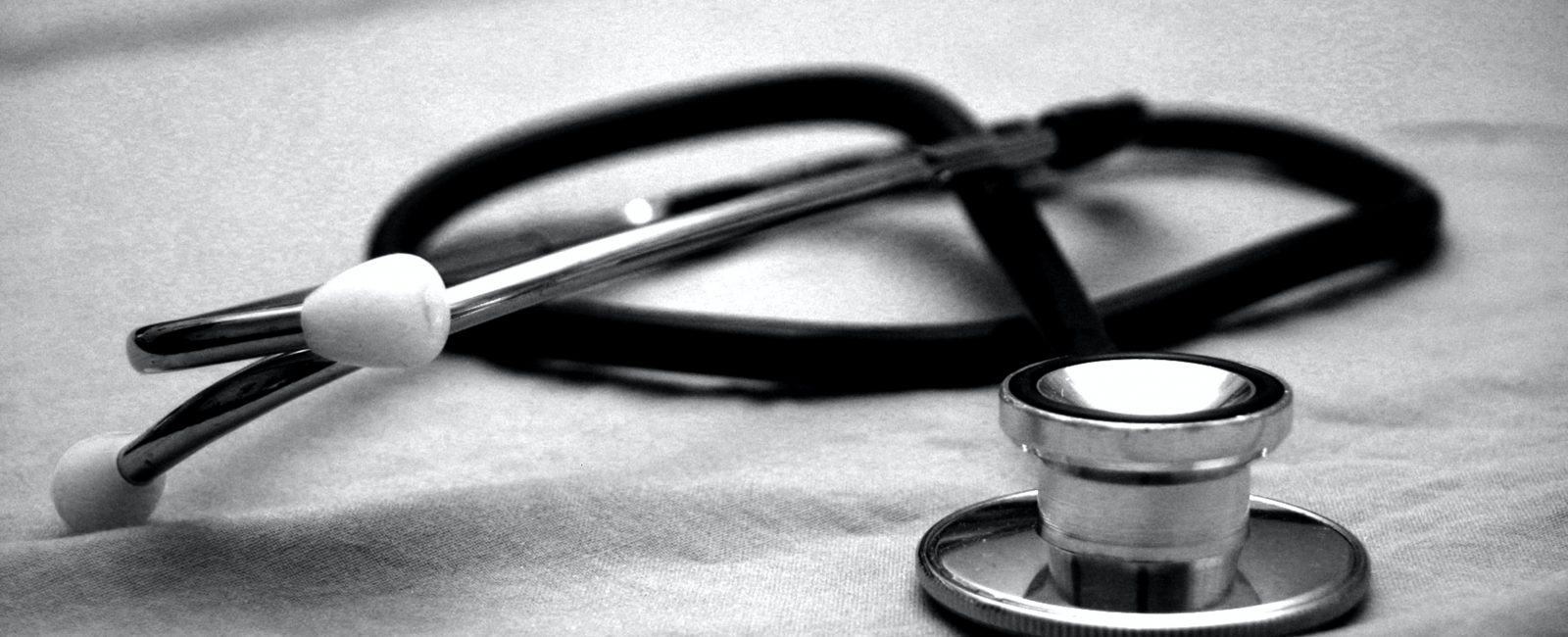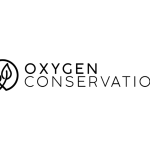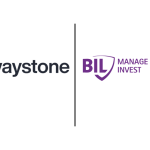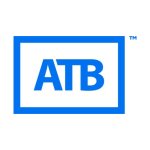
Five ways the global healthcare sector is changing – and how medical translation is helping
2020 will stick in people’s memories for a long time. Never has the global healthcare sector been under such an intense spotlight nor its value so vastly appreciated. The COVID-19 pandemic has put the sector under incredible strain around the world, but it is also serving to drive change and to make funders aware of just why it’s so important to pay for cutting edge research and innovation. Below, we’ll look at five ways that the global healthcare sector is changing and how medical translation is helping to deliver a united approach, despite international borders and cultural differences.
Technological engagement and medical translation services
The COVID-19 pandemic led to an interesting shift in the way the healthcare sector viewed technology as a means of engaging with patients. Suddenly, the idea of sitting in a stuffy, crowded waiting room with a bunch of other ill people began to seem like a bad idea (one wonders that it did not beforehand). Medical providers of all shapes and sizes have embraced the use of video consultations like never before. Often more efficient and with a reduced carbon footprint, it looks as though remote appointments are here to stay.
In the UK personal service has long been a core part of a GP’s service, but the realisation that ‘personal’ doesn’t have to mean ‘in person’ has led to a growing appreciation of technological engagement. Ofer Tirosh, CEO of language service provider Tomedes, points out that it also has other benefits and that this is where medical translation services come into play. As patients become used to engaging with the medical profession through technology for appointments, their eyes are being opened to additional resources online. Tirosh comments:
“From mental health to the menopause, there’s a vast range of healthcare webinars available for patients to benefit from. Many of these offer an interpretation option or a transcript in translation. In this way, medical translation is supporting wider access to these important resources, which many patients are discovering for the first time.”
What do medical interpreters do? They can deliver live webinars in multiple languages and have their interpretation available as a recording thereafter. Medical translation, meanwhile, can ensure access for all when it comes to transcripts of such resources.
The role of medical translation in early intervention
Medical translation services are also supporting a growing focus on early intervention. Deloitte’s 2020 Global Health Care Outlook reports that “Health care systems need to work toward a future in which the collective focus shifts away from treatment to prevention and early intervention.”
Access to accurate medical information is an essential component of successful early intervention. Medical translation services ensure that as wide an audience as possible is able to access such information. In England, for example, over 4 million people don’t speak English as their main language. That’s 4 million people who, without medical translation, would be forced to understand potentially complex medical terminology and concepts in a language that they didn’t speak natively. Hardly a recipe for easy access and solid early intervention.
Healthcare data interoperability: a technical or medical translation task?
Data interoperability is key to avoiding siloed and segmented healthcare systems within countries and to enabling a global approach to issues such as COVID-19. And where different systems need to talk to each other, so do different data architects, including those who hail from different countries. Both technical translation and medical translation can come into play here, as healthcare providers around the world seek to innovate and to embrace globalisation and all that it brings with it.
Will political issues disrupt access to the best medical translation services?
The global healthcare sector is also changing as a result of political issues. Business advice across the UK has failed to prepare many sectors fully for Brexit and healthcare is no exception. From access to new, developing treatments to existing drug supplies, disruption looks all but certain as the pandemic continues to pull both focus and resources away from Brexit entirely.
Might these political issues also disrupt access to the best medical translation services? Hopefully not. Most medical translation services are delivered remotely, with structures already in place to facilitate this. With no physical supply chains available to suffer the impact of Brexit, it’s likely that medical translation at least will avoid the disruption that other areas of the healthcare profession may face.
Using medical translation to grow healthcare systems in developing markets
The final way in which the global healthcare sector is changing is its growth in developing markets. According to Deloitte, total spending on global healthcare is expected to rise at a CAGR of 5% between 2019 and 2023.
Often, growth in new markets means tapping into the expertise of established healthcare providers. What does translation mean in medical terms? In this context, it means access to greater resources. A translation from English to Spanish, say, can help a provider in developing market access the information it requires quickly and easily, using information from established sources to support everything from infrastructure setup to information on the latest pharmaceutical products, along with hundreds of other medical translation examples.
A final thought… If you’re in need of medical translation, don’t just Google translation agency UK or medical translation services UK and click the first link you see. Undertake careful due diligence to ensure you access an accurate and reliable medical translation service.












